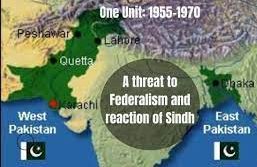
The groups of Mahmud-ul-Haq Usmani from Sindh, Ghaus Bakhsh Bizenjo from Balochistan, and Ajmal Khattak of the Frontier (now Khyber Pakhtunkhwa) intend to create hurdles in abolition of One Unit.
Dr. Zaffar Junejo
(Author’s Note: One Unit was dissolved on 1st July, 1970. Sindhi nation along with Bengalis, Balochis, and Pathans fought against it through platforms of cultural associations, literary organizations and political parties. By and large One Unit was opposed across Pakistan however the Anti-One Unit Movement’s epicenter was Sindh. Sindh opposed One Unit because it was considered a tool to alter its demography, grab resources and strategically control wealth of the province. Sindhi nationalists, supported by other political parties forged an association to realize one point agenda – dismantle One Unit. They carried the struggle in all odd and even situations, and bore the cost – jails, punishments, insults, life threats and issuing of ‘certificates’ of disloyalty and treachery but they continued their struggles, and got it undone – Sindh was restored with its full name, and titles.
In 2020, an idea was floated by some Sindh-lovers that Sindh has to celebrate Anti-One Unit Abolition Day as the Golden Jubilee event, just to cherish, and recall the successful struggle of Sindhi peoples. In this regard, the author intends to translate some of the basic and most relevant documents from Sindhi language into English, in sprit of celebration and remembrance. The first in the series is Saeen GM Syed’s article: One Unit Jo Qiyam: Mukhalfan Ja Khadsha and Muwafqan Ja Faidi Mean Dalil (Formation of One Unit: Opponents’ Apprehensions and Supporters’ Arguments in its favor).
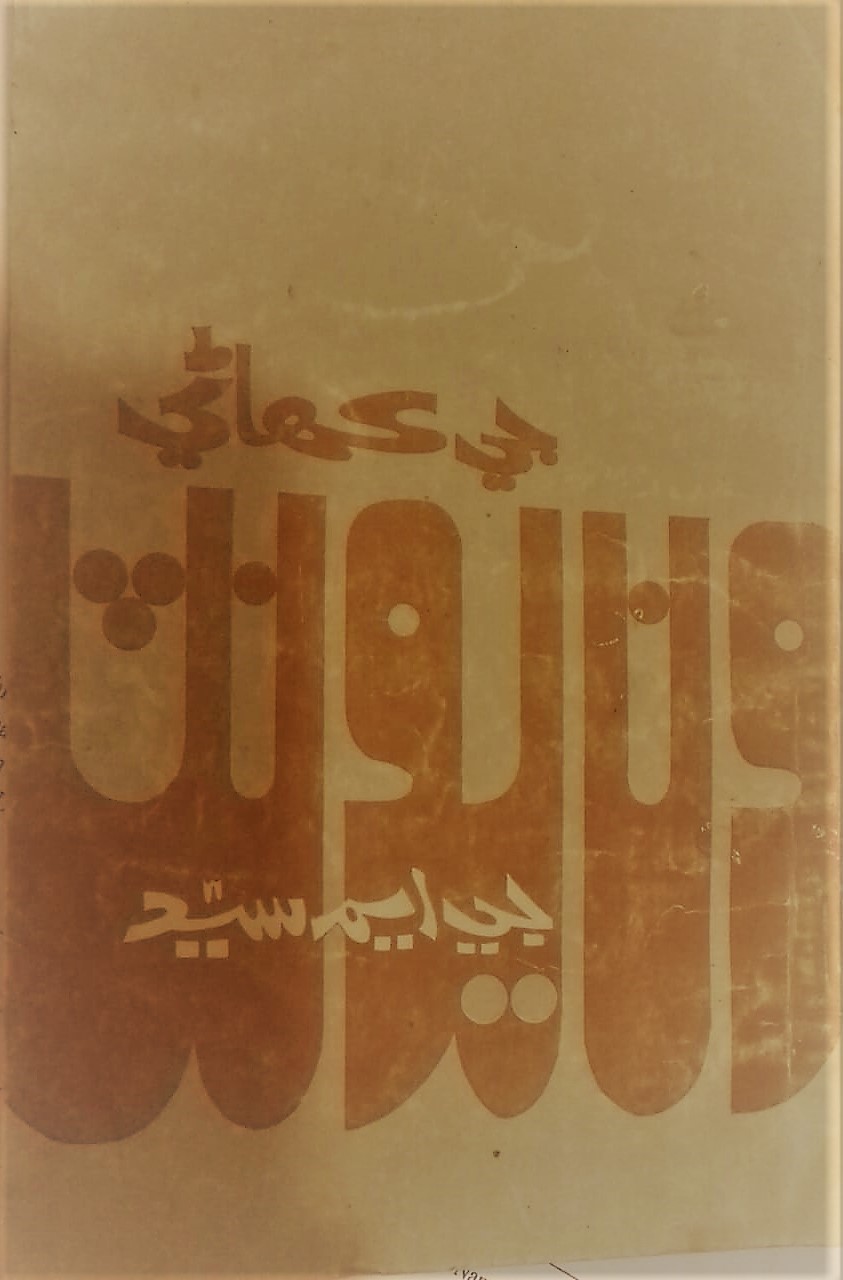
The article is taken from the booklet: One Unit Ji Kahani (The Story of One Unit). The book was authored by GM Syed and published by Yar Muhammad Ibin Hayat Panhwar, Secretary Sindh Mutaheda Mahaz, Markazi Office, Al-Khalil Building, Qazi Qayoum Road, Hyderabad. Its printer was Begum Zeenat Channa, ‘Zeenat Printers’ Khokhar Mahlo Hyderabad. Its first edition with 2000 copied came in November, 1969 – Dr. Zaffar Junejo.)
One Unit Ji Kahani (The Story of One Unit) – VI
GM Syed
National Awami Party
I was also one of the founder members of the National Awami Party. I came out from prison, after the formation of One Unit. Afterwards, on 27th August, 1955 I held a meeting at my Karachi Bungalow; it was presided over by Khan Abdul Ghaffar Khan, and we formed ‘Anti-One Unit Front’ party. Then, we were contacted by some political workers of Punjab, showing their interest to work with us. They suggested forming a West Pakistan level political party. Although, from the inception I was against such idea, but the majority was of the view that without a collective organization of the province (West Pakistan), we would be in the minority, and would be failing to get dissolution of One Unit. Therefore, in Lahore we all gathered to finalize the constitution of National Awami Party.
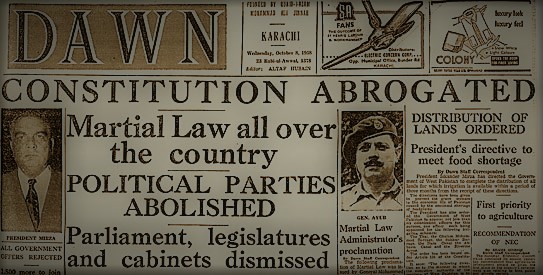 We, the representatives of small provinces, inculcated to abolition of One Unit, and reinstating older provinces, but members from Punjab opposed it, however, to get their support, we agreed to include that after the One Unit is abolished, Zonal Federation would be formed to address certain collective functions. Over the period that clause of the Zonal Federation in the constitution of National Awami Party proved a wrongly placed brick in its foundation. Even after that compromise, Mian Iftekharuddin opposed the ratification of the constitution, which was taking place in Barkat Ali Hall. However, young workers’ pressure altered the situation, the constitution was passed, and in the same meeting Khan Abdul Ghaffar Khan was elected the president of the party. Sometime later, disagreements emerged between Maulana Bhashani (President, Awami League) and Mr. Hussein Shaheed Suhrawardy. Soon after that Maulana Bhashani group contacted us, and desired to work together. In that persuasion we agreed to be part of Dhaka Convention, and formed the National Awami Party in the East Pakistan. In the convention Maulana Bhashani and Shaikh Abdul Majeed Sindhi were elected the president, and vice-president respectively. However, Khan Abdul Ghaffar Khan was elected president of the National Awami Party, West Pakistan.
We, the representatives of small provinces, inculcated to abolition of One Unit, and reinstating older provinces, but members from Punjab opposed it, however, to get their support, we agreed to include that after the One Unit is abolished, Zonal Federation would be formed to address certain collective functions. Over the period that clause of the Zonal Federation in the constitution of National Awami Party proved a wrongly placed brick in its foundation. Even after that compromise, Mian Iftekharuddin opposed the ratification of the constitution, which was taking place in Barkat Ali Hall. However, young workers’ pressure altered the situation, the constitution was passed, and in the same meeting Khan Abdul Ghaffar Khan was elected the president of the party. Sometime later, disagreements emerged between Maulana Bhashani (President, Awami League) and Mr. Hussein Shaheed Suhrawardy. Soon after that Maulana Bhashani group contacted us, and desired to work together. In that persuasion we agreed to be part of Dhaka Convention, and formed the National Awami Party in the East Pakistan. In the convention Maulana Bhashani and Shaikh Abdul Majeed Sindhi were elected the president, and vice-president respectively. However, Khan Abdul Ghaffar Khan was elected president of the National Awami Party, West Pakistan.
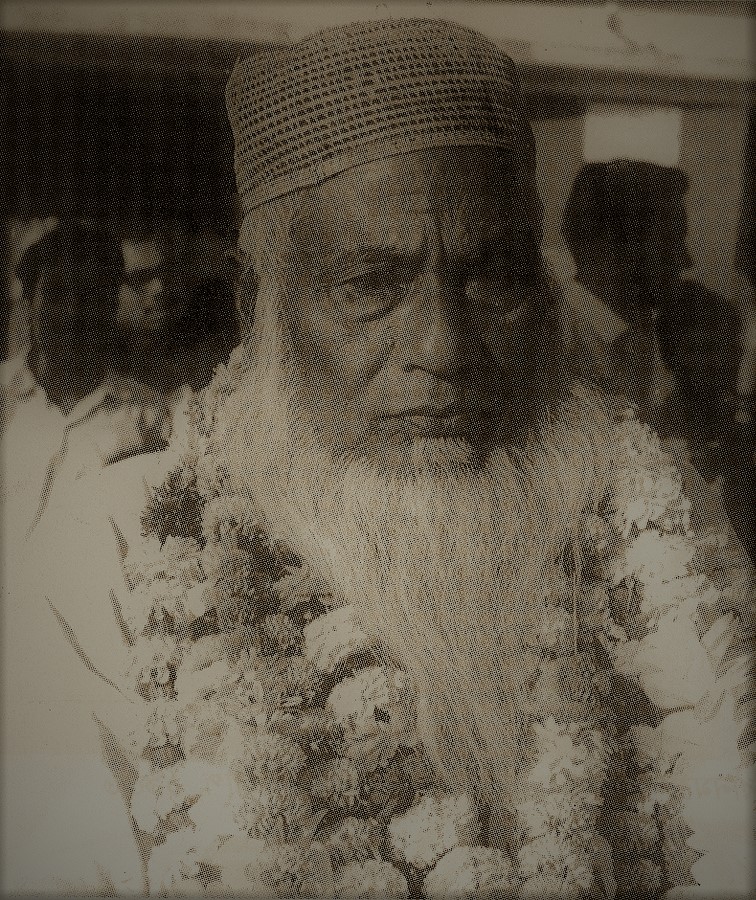
It must be noted and understood that communist group played a crucial role in Maulana Bhashani’s separation from Awami League and his joining of the National Awami Party. Therefore, one may find two groups in the National Awami Party, even from its earlier days. One group’s priority was to solve the country’s constitution issues – Khan Abdul Ghaffar Khan and we were of that opinion. Another group of communists and workers of Punjab were of view that we should highlight economic issues. We thought that their ideology was a hurdle in solving the constitutional issues of the country. It must be realized that in Bengal there was no big Zamindari, and on the contrary in three small provinces Zamindari and Jagirdari strongly existed, and people were influenced by them.
We were of the view that it was relatively convenient to organize three provinces on one common agenda to abolish One Unit. We also thought that if we engaged ourselves to address the economic question, then people of Punjab would create rift in our unity, and retain their ‘permanent interest’. We also realized that it was in the interest of the members of National Awami Party Punjab to raise such issues and weaken the unity of small provinces. The Punjabi leadership apparently agreed to abolish the One Unit, but they were not publically active, and in this way they saved themselves in their constituencies. Gradually, differences surfaced, and we also realized them. Therefore, their attitudes also compelled Khan Abdul Ghaffar Khan, Abdul Samad Khan, Shaikh Abdul Majeed Sindhi and me to write a letter addressed to Maulana Bhashani. In that letter we warned him that if he or his workers think that One Unit’s disbanding is a secondary priority, then we would part ways from the party.
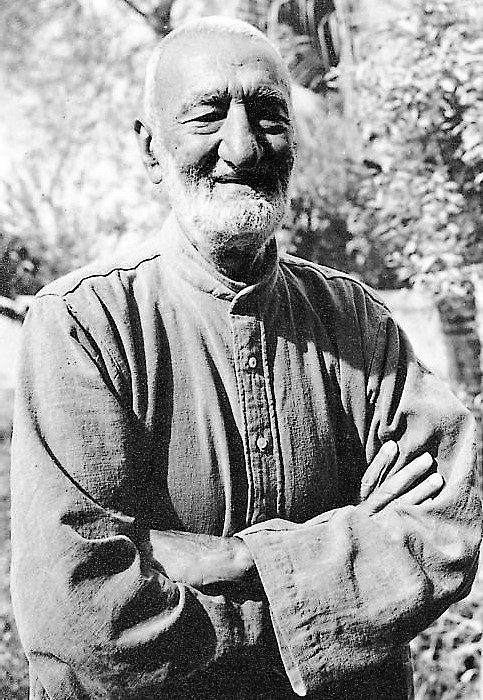
Soon after, we organized, ‘Sindh Anti-One Unit Front’ under the chairmanship of Khuhro Saheb. We also attempted to organize similar fronts in Sarhad (now Khyber Pakhtunkhwa) and Baluchistan. Meanwhile, the Martial Law of 1958 was imposed and a lot of people, including me, were imprisoned because of the opposition of One Unit. We were behind bars for a couple of years.
Later, at the time when party politics and even party formation was allowed, a considerable number of our workers was in jail. The remaining ones were sharply divided into two camps: one group was supportive of Chinese program, and another group was follower of Russian program. Last year, both factions elected their leaders based on political ideologies. The Russian group’s president became Khan Wali Khan, and Chinese ideologists elected Maulana Bhashani as their president. Presently, Khan Wali Khan’s group is active in West Pakistan, and Maulana Bhashani faction is actively engaged in the East Pakistan.
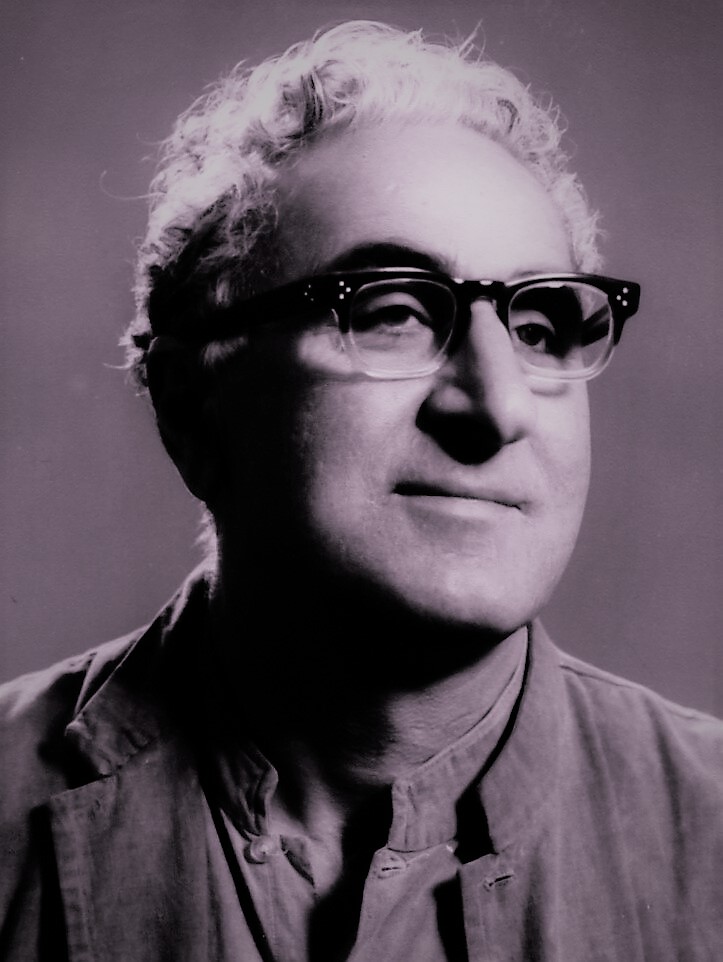
This year (1969), Khan Wali Khan took part in President Ayub Khan’s ‘Roundtable Conference.’ However, Maulana Bhashani boycotted it. Presently, Khan Wali Khan’s National Awami Party is also divided between two factions: one group prioritizes economic question, and other group’s main concern is abolishing of One Unit. The second group has recommended dropping the clause of the Zonal Federation from the party’s constitution. However, considering the majority of members belonging to the communist ideology, there are bleak chances of the dropping of that particular clause – the Zonal Federation. Amusingly, due to public demand to abolish One Unit, the communist group publically agrees, but behind the doors opposes to disband One Unit.
This group fully understands and believes that before One Unit’s abolition, the raising of economic question would shatter the unity of small provinces. Therefore, they have opposed the organization of the Anti-One Unit Fronts in smaller provinces. In Sindh, Mahmud-ul-Haq Usmani, in Balochistan Ghaus Bakhsh Bizenjo, and in the Frontier (now Khyber Pakhtunkhwa) Ajmal Khattak’s groups intend to create hurdles in abolition of One Unit. Therefore, in a given situation, stated above, literally nothing should be expected from the National Awami Party that it would take a serious step to abolish One Unit.
___________________
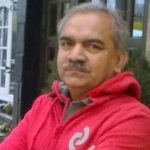 Dr. Zaffar Junejo has a Ph.D. in History from the University of Malaya. His areas of interest are post-colonial history, social history and peasants’ history.
Dr. Zaffar Junejo has a Ph.D. in History from the University of Malaya. His areas of interest are post-colonial history, social history and peasants’ history.
Click here for Part-I , Part-II, Part-III, Part-IV , Part-V